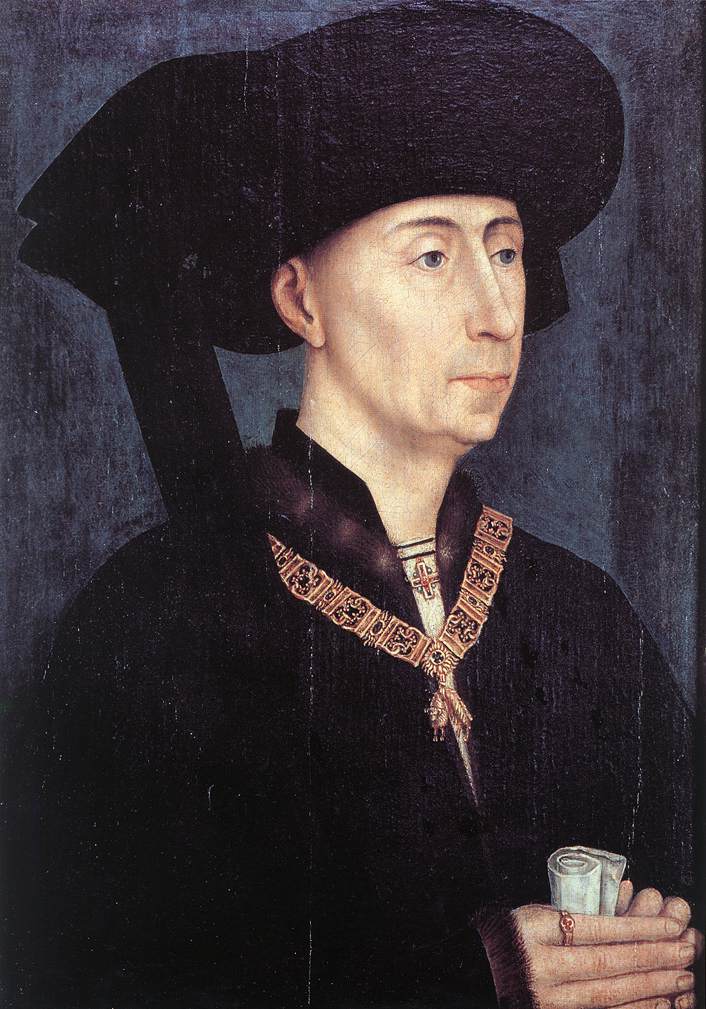Home » HART » Elizabeth Moodey: Color Choices at the Burgundian Court
Elizabeth Moodey: Color Choices at the Burgundian Court
Posted by vrcvanderbilt on Tuesday, July 24, 2012 in HART, VRC.
Within the codes of late medieval dress, artists used color not only to indicate rank or occupation but also to delineate mood or moral character. Elizabeth Moodey, assistant professor of history of art, presented a paper, titled Ledit duc, ledit jour: Color Choices at the Burgundian Court, at the International Congress on Medieval Studies at Western Michigan University, Kalamazoo, Michigan, in mid-May. Moodey considered the use of color as an aspect of dress at the court of Burgundy, using evidence from manuscripts, panel paintings, and chronicles to find instances of dress that were acknowledged as significant.
 The title, she explained, comes from the chronicle of Jacques du Clercq, who reported that Philip the Good, the third Valois duke of Burgundy, chose to wear color for a single day (“the said duke, the said day”) in 1454 rather than his and his household’s habitual black. Philip broke a sixteen-year practice for the day of the Banquet of the Pheasant, his lavish banquet held in Lille to mount support for a crusade against Mehmet I that would win back Constantinople from the Turks. The chronicle stresses the importance of the duke’s choice, but without indicating how a modern reader should interpret it.
The title, she explained, comes from the chronicle of Jacques du Clercq, who reported that Philip the Good, the third Valois duke of Burgundy, chose to wear color for a single day (“the said duke, the said day”) in 1454 rather than his and his household’s habitual black. Philip broke a sixteen-year practice for the day of the Banquet of the Pheasant, his lavish banquet held in Lille to mount support for a crusade against Mehmet I that would win back Constantinople from the Turks. The chronicle stresses the importance of the duke’s choice, but without indicating how a modern reader should interpret it.
Moodey received a Getty Library research grant awarded to scholars whose work requires the use of specific collections housed in the Getty Research Institute. She used the time to pursue her grisaille project, a study of the color “gray” in medieval altarpieces, manuscripts, and dress. ~Fay

©2024 Vanderbilt University ·
Site Development: University Web Communications